The Silk Road
Spicy Adventures
Your cart is empty.
SUBTOTAL
£0.00

Spicy Adventures
The Silk Road. What feelings, images and thoughts does that name conjure up for you? Is it the thought of exciting new spices making their way from a new world in the east, to the medieval empires in the west? Is it a right of passage for all young 20-somethings making their way in the world – their first big adventure away from home? Is it a nod to old forgotten connections and alliances?
The Silk Road is one of the most well-known trade routes on our planet – a network that spans centuries, shared collectively by the human race. So, how did the Silk Road come to be? What have been its various guises? And what does its future hold?
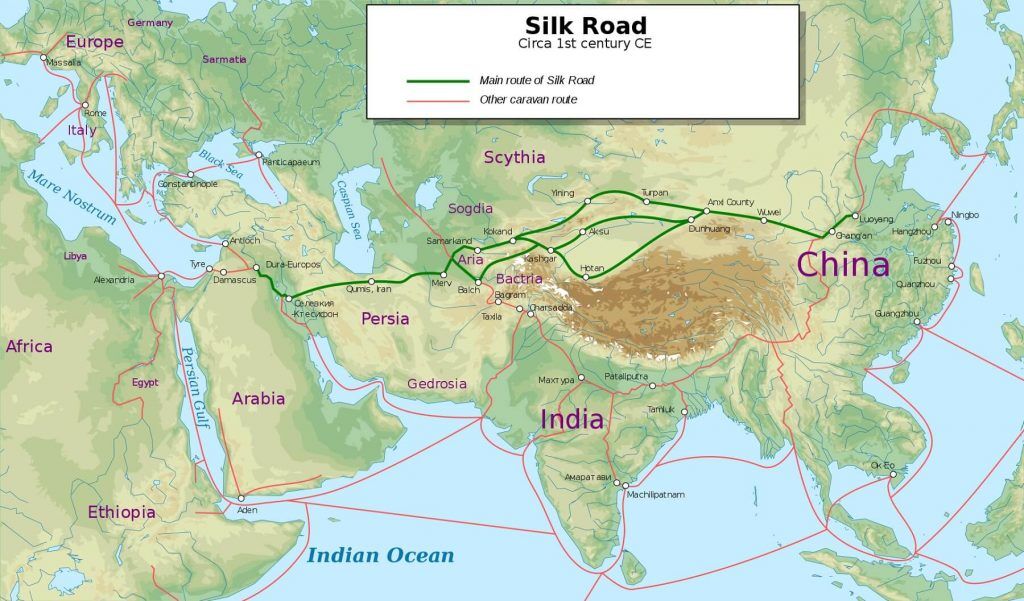
In its earliest incarnation, the Silk Road was a network of trade routes connecting east to west and vice versa. It was originally established during the Han dynasty of China, effectively linking the various ancient civilisations of the world through commerce from 130BC right through to the 15th century.
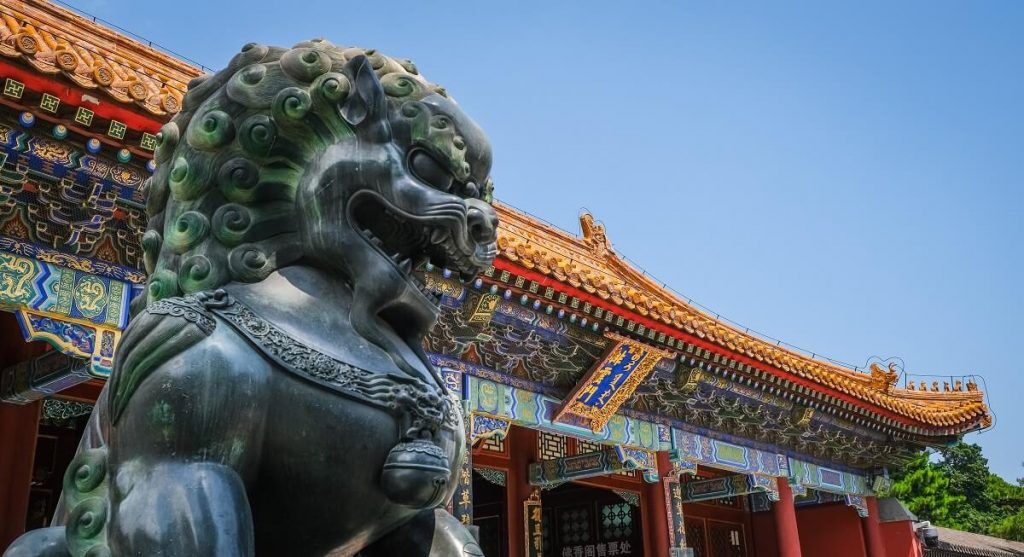
There are several different routes – all originate in China. A few variations headed north, sandwiched between the Himalayan mountains and the Eurasian Steppe, crossing into the modern day ‘Stans’ (Kyrgyzstan, Tajikistan, Afghanistan) before arriving in the Arabic world of modern day Iran, Iraq and Turkey. Further routes then extended through to the Mediterranean and Southern Europe.
Other routes headed south from China, dipping into India before meeting again in the Arabic world. There was also an established maritime route that sailed from China, through South East Asia, round India and into the Persian Gulf, finally arriving in the Mediterranean.
Many ancient civilizations benefited from this, including the various Chinese dynasties, the Mongolian Empire, The Roman Empire, The Ancient Greeks, The Persian Empire and the Byzantine Empire. All invested heavily in the Silk Road stock.
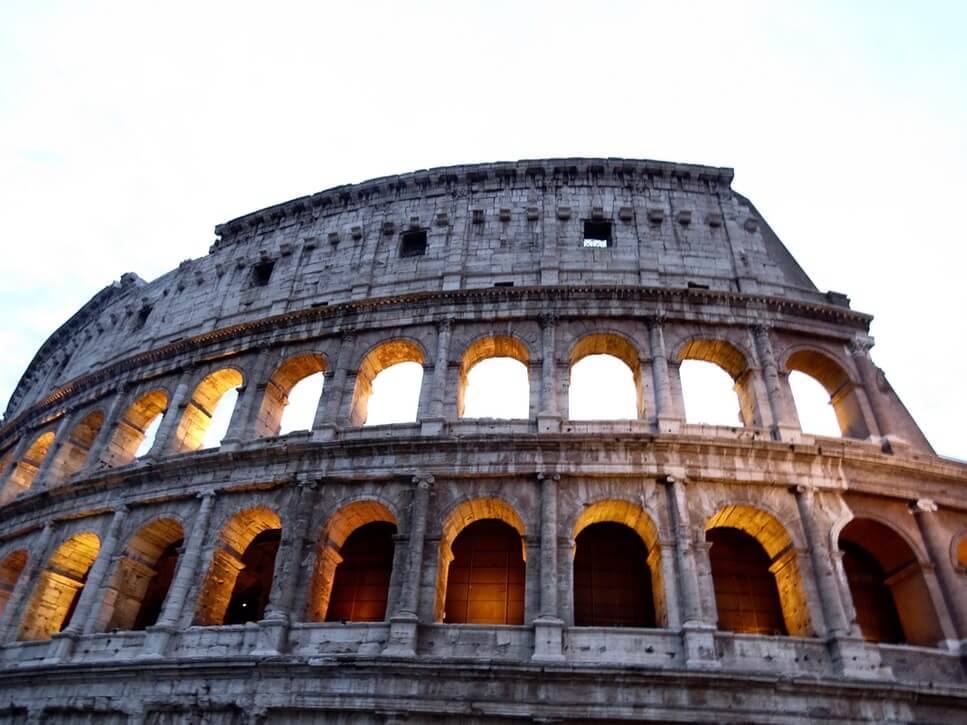
Given its name, you may already have gathered what exactly was being traded through this network. Indeed, the Ancient Greek name for China is ‘Seres’ which translates as ‘the land of silk’.
But it wasn’t just silk that was being traded. Trade from east to west included tea, dyes, precious stones, china (plates, bowls, cups, vases), porcelain, bronze, gold, medicine, perfume, ivory and rice.
Furthermore, there was paper and gunpowder. Invented in China during the 3rd century BC, the use of paper spread along the silk road, revolutionising the importance of the written word throughout Europe. Gunpowder too changed Europe forever.
There were also spices, of course. As mentioned in our article about the history of spice in Liverpool, during these times, Europeans lacked refrigeration and general hygiene which led to food spoiling quickly. Spices were so important because they helped mask the flavour of not-so-fresh food. Quite literally, they ‘spiced up’ the flavour of dishes.
Although the spice routes truly flourished across the oceans, the overland route of the Silk Road still saw plenty of spices pass through. Clove, ginger, turmeric, nutmeg, frankincense, black pepper, cinnamon, and saffron all made their way west. Because they were so small and dried, they were incredibly easy to transport.
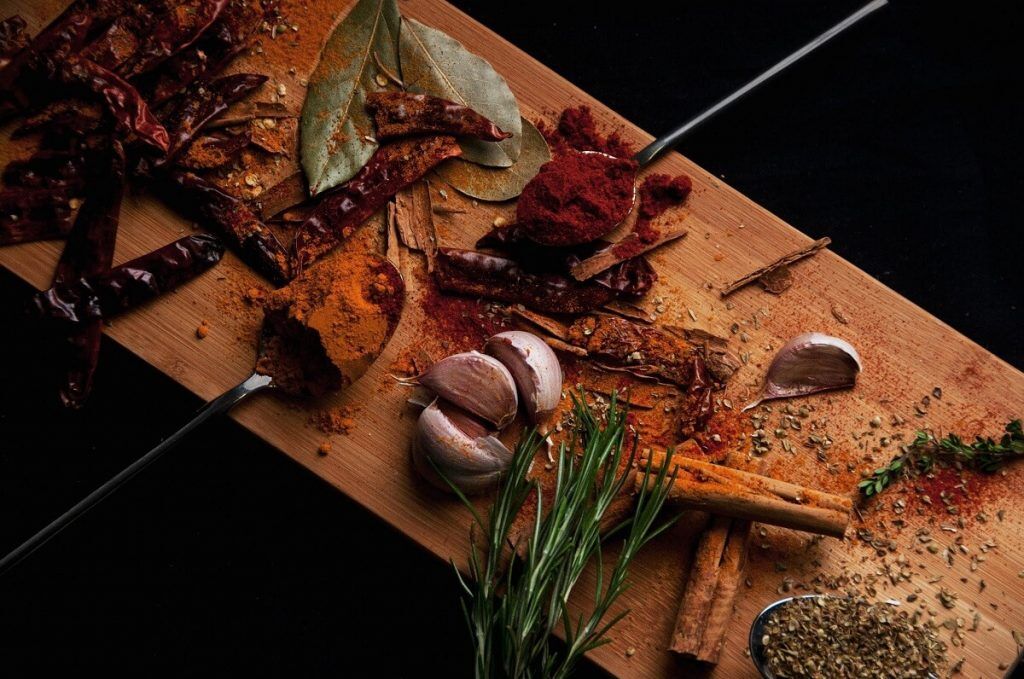
Moving from west to east meanwhile, trade included horses, saddles, grapes, a host of animals including domestic dogs and exotic creatures. With them were furs and skins. There was honey, fruits, glassware, woollen blankets, rugs, carpets, textiles, gold and silver, camels, slaves, weapons and armour.
In other words, you name it, it was being transported on the Silk Road.
Experts have even confirmed that the flow of the Silk Road helped to spread the Black Plague. It’s an interesting comparison to make whilst analysing current events. Our hyper-connected world, where thousands of passenger and cargo flights fan out from any one country 24 hours a day has meant that the spread of Coronavirus was inevitable. If international collaboration had seen a much quicker response that shut down the air travel industry within days of the outbreak, we could have slowed the progress of Coronavirus. Perhaps, if they had shut the Silk Road, they too could have slowed the Black Plague?
Interestingly, more important than any goods was the fact that the Silk Road connected different civilizations and cultures in other ways. Alongside trade, there was a transmission of different religions, political thinking and culture. Christianity, Islam and Buddhism all spread, as well as a vast wealth of knowledge. If you think about it, each new ship arriving into port or each new wagon and caravan arriving at a market carried with it not just goods but gossip, knowledge and ideas. These trading ports and posts scattered along the Silk Road were huge melting pots.
This is why the Silk Road is such an infamous part of our collective history.
Eventually, the original Silk Road trade networks effectively ‘closed’ with the Ottoman Empire boycotting trade with the west. With the Europeans now hooked on spices and much much more, merchants had to adapt and find new trade routes that could keep the flow of goods coming. This led to ‘The Age of Discovery’ with many famous European explorers taking to the seas and discovering new worlds, setting in motion historical events that shaped and connected the globe like never before.
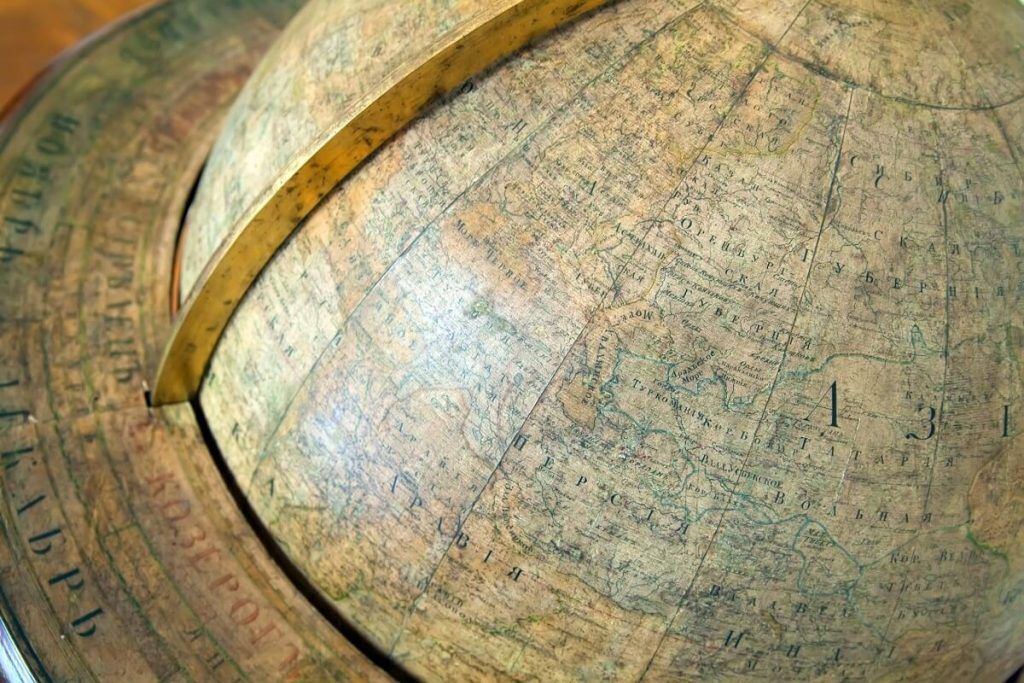
In more recent times, through the 20th century, the Silk Road took on a new guise. Perhaps you are aware of this as older relatives may have told you stories of their travels ‘back in the day’.
“To follow the Silk Road is to follow a ghost. It flows through the heart of Asia, but it has officially vanished, leaving behind it the pattern of its restlessness: counterfeit borders, unmapped peoples. The road forks and wanders wherever you are. It is not a single way, but many: a web of choices. Mine stretches more than seven thousand miles, and is occasionally dangerous.” (Colin Thubron, Shadow of the Silk Road, 2007).
The Silk Road lived on through our collective imagination, continuing to inspire and fascinate. Many travellers over the years have re-traced its route, making their way from Europe out into the vast expanses of the east.
Writers, musicians, filmmakers and hippies. Indeed, hippies left their mark more than most. Through the 1960’s to the late 1970’s ‘the hippy trail’ transported its creators to all corners of Asia. It was seen as an alternative type of tourism where youngsters could experience real freedom and adventure for very, very affordable prices, maximising their time away from home.
The route often started in Western European cities such as London, Berlin and Amsterdam, all converging on Istanbul – once upon a time going by the name of Constantinople, a true behemoth of the old Silk Road. From here, travellers fanned out across the Arabian peninsula and then into Pakistan, Nepal, India and beyond. It was very much a reversal of those spices that once came the other way.
Methods of travel included hitchhiking, campervans, buses and trains. In 1975 Paul Theroux published his account of this journey – ‘The Great Railway Bazaar’.
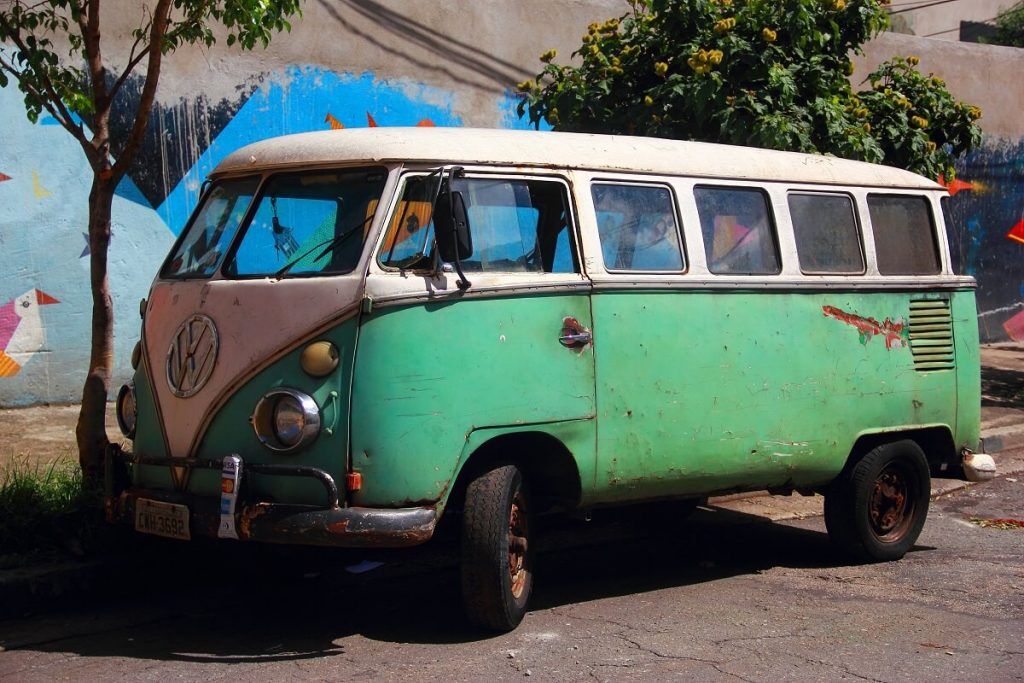
“Groups of hippies, like small clans of tribesmen setting out for a baraza or new pastures, fought past soberly dressed Turkish families. Minutes later, Turks and hippies found themselves in the same third-class compartments, quarrelling over window seats. The steam locomotives, used by Turkish Railways for short runs, were being stoked at the platform; they poured soot over the boarding passengers and darkened the sky with smoke”. Eventually, these travellers of all shapes, sizes and backgrounds could end up in destinations as far flung as Sri Lanka, Thailand, Indonesia and even Australia.
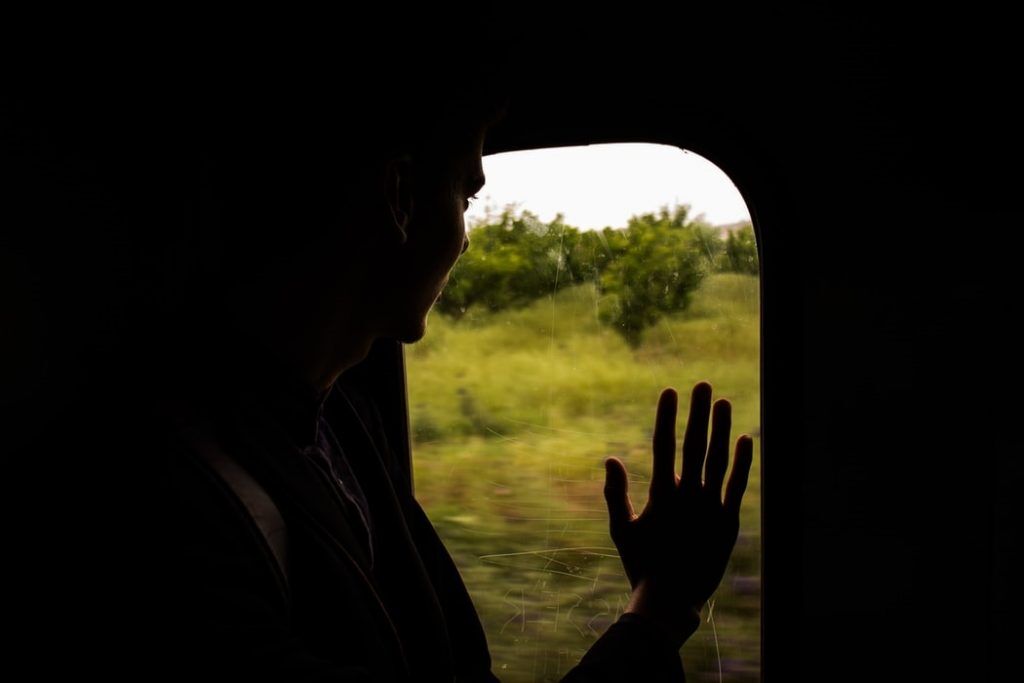
Indeed, the founders of the well-known travel brand ‘Lonely Planet’ took this very route all the way to Sydney where they wrote their first Lonely Planet guide.
In recent decades, travelling the entirety of the route has become much more difficult. The Soviet invasion of Afghanistan and the Iranian revolution closed the route to Western travellers and to this day instability throughout several of the previously hospitable countries mean that it’s a path much less trodden.
The hippie trail may have faded away, but the Silk Road continues to live on. In very recent times, China has pledged to rebuild and revive the old, long-lost routes.
Chinese president Xi Jinping introduced this new plan whilst visiting Kazakhstan in 2013. It’s been implemented in the form of the BRI – the ‘belt and road initiative’. With a completion date of 2049, it would coincide with the 100th anniversary commemorations of the People’s Republic of China.

Right now, new highways are opening in Pakistan. There are new rail terminals in Kazakhstan and new sea ports in Sri Lanka. The Silk Road is being revived right before our very eyes.
Whilst the Chinese government frames it as ‘a bid to enhance regional connectivity and embrace a brighter future’, some inevitably see it as a push by China for greater global dominance.
The idea of this new vast network re-opening has been met with some wariness and caution in Europe. EU members in particular, are concerned about the idea of their current trade agreements and routines being thrown into doubt. In January 2019, French president Macron reminded everyone that “the ancient Silk Roads were never just Chinese…new roads cannot go just one way.”
It will be interesting then, to see whether the new Silk Road will follow in the footsteps of the past.
With or without a Silk Road, the spice trade itself will continue to thrive. Over the centuries it has gone from strength to strength. It’s now one of the largest and most complex supply chain networks in the world – an industry that continues to carry the flag of globalisation.
Understanding Spices
Spices have long been integral to the UK's culinary landscape, adding depth, flavours, and richness to a myriad of dishes. From the pungent aroma of cumin in Indian curries to...
Read MoreUnderstanding Spices
Confetti is an essential part of any wedding day. Not only is it a wonderful way to greet a newlywed couple, but it also provides some beautiful photo opportunities. The...
Read MoreSeasonal Ideas
It’s no secret that any handmade gift will always be more special than a store-bought one. Homemade food gifts are especially wonderful, a labour of love that shows someone you...
Read MoreHealth and Wellbeing
It’s no secret that winter’s cold and gloomy weather makes us crave indulgent dishes like fondue and baked goods like sticky toffee pudding and apple crumble. While Christmas is the...
Read More